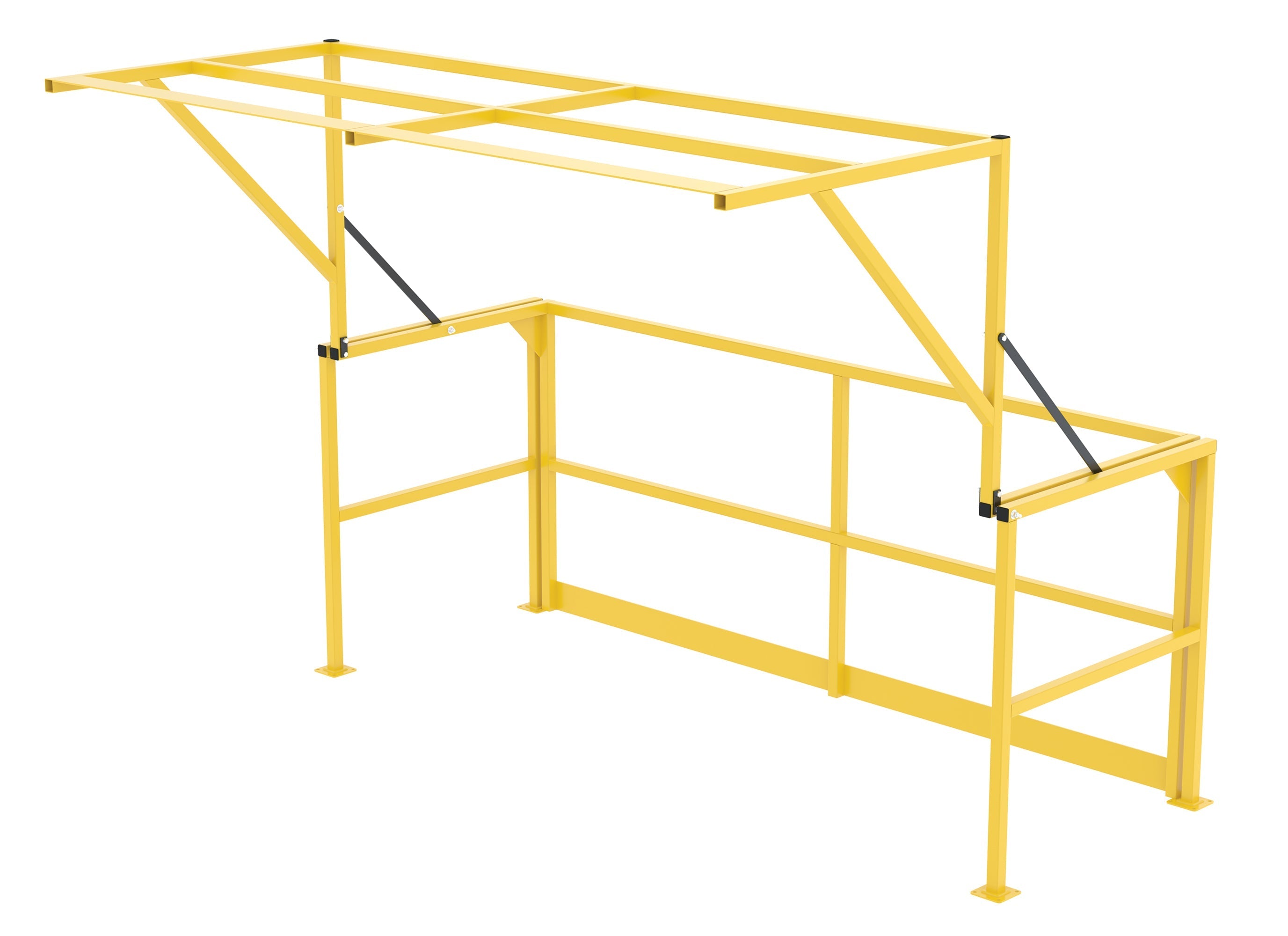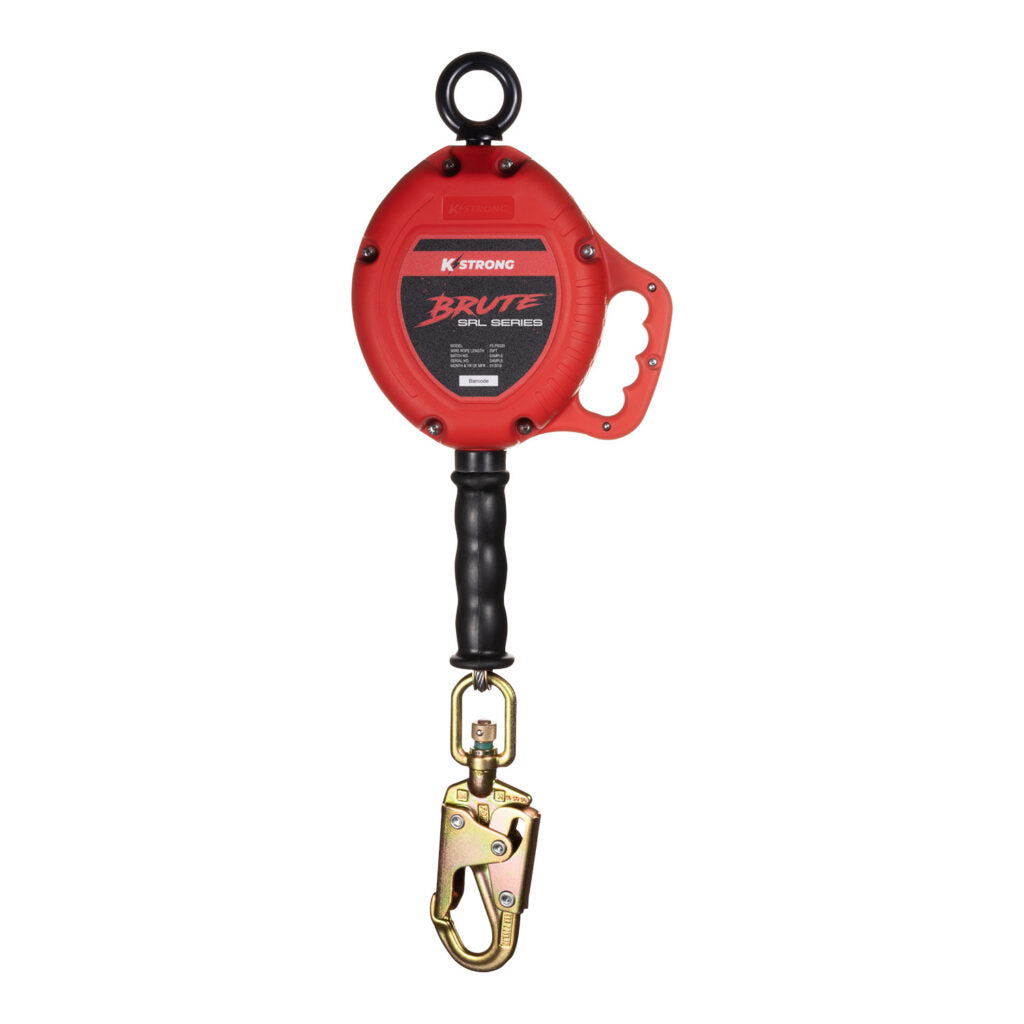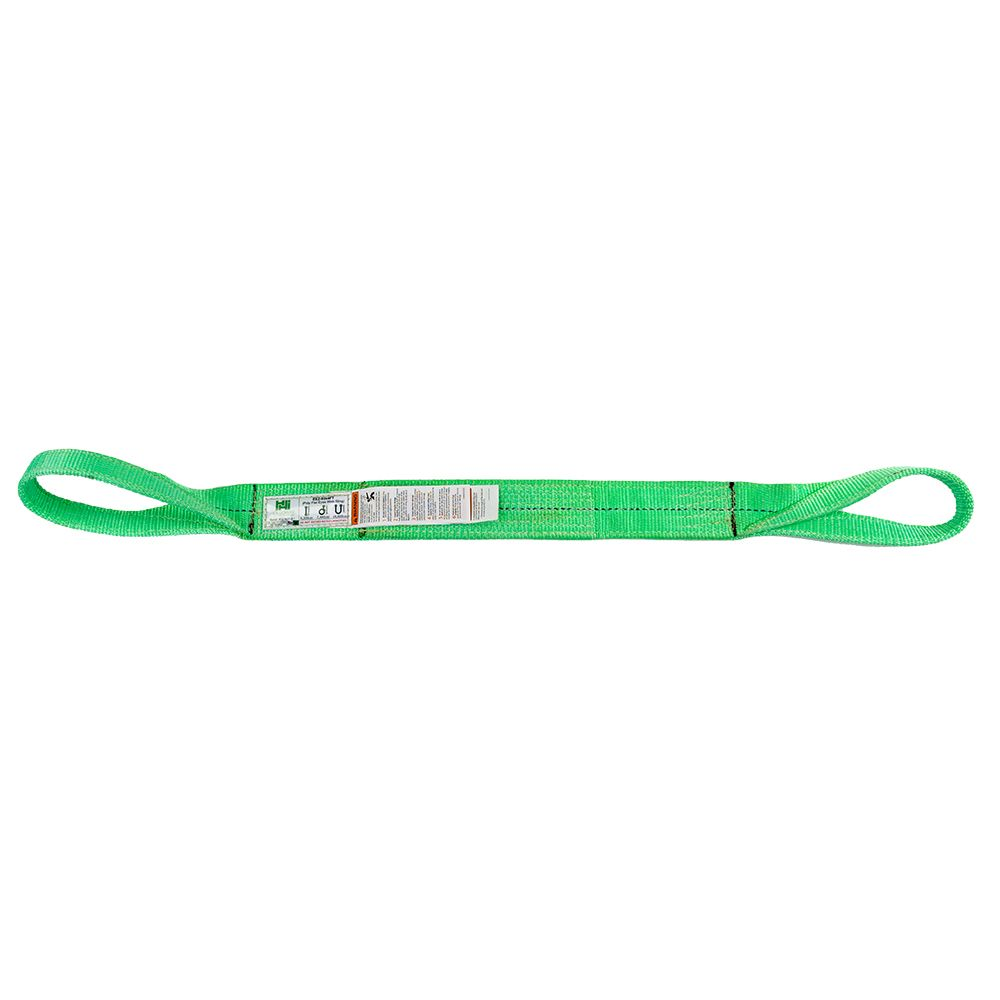If you work in an industry that regularly lifts loads or items, then you probably would have heard of webbing slings. It is unlikely that you have ever thought of the other uses this supporting gear may have in your everyday life.
This article will highlight what these are, the importance of looking after your slings, and explain six new ways you can use your webbing slings.
If at any point in this article you're wondering if this is the right solution for your task at hand, you can contact a member of the team at LES USA who will be happy to find the right product for you.
.png) WHAT IS A WEBBING SLING?
WHAT IS A WEBBING SLING?
Before we delve deep into what applications you can use this piece of equipment in, here's a brief overview of what this handling material can do.
This supporting item is used when you are lifting loads or items that could be fragile or damaged if done with a metal structure, such as a chain sling or wire rope sling.
If you are interested in finding out more about this item in even more depth about what they are you can read our article, ‘What are Webbing Slings and How They Can Help Your Company?’ where we outline the different types of slings, safety precautions, and the advantages they can bring to your company.
FACTORS TO REMEMBER WHEN USING
When choosing a sling, there are a number of factors we recommend you consider before and when using it to get the optimal use out of them.
Examples of these factors include; load weight, type of load, weather conditions, environmental factors, and the center of gravity of the load to ensure a safe and secure lifting procedure.
When you are lifting loads that might include vehicles such as cars or yachts (any item of value), you'll struggle to find something that can beat the durability, strength, and softness of these slings. The flexibility allows them to mold to the shape of the item you are lifting, resulting in a secure lifting process.
They can stretch far (if it is within their capacity) and retract back to a small portable size after use. Despite these slings being lightweight and small, they can handle heavy loads and a wide variety of them are weather resistant so they can be used in various conditions.
Although this piece of equipment and its variants might seem like the ideal solution for lifting, it's a great idea for you to consider what capacity range you will need. You need to be sure your webbing sling correlates with the load weight you want to lift. It's never recommended that you exceed the working load limit since this can cause damage to the item while putting you and others at risk of injury.
To help you identify the lifting capacity of the different variations available to you, each one you have should be color-coded to help you identify the maximum capacity.
You can see the various colors that identify maximum capacities in the image below.

APPLICATIONS WHERE YOU CAN USE ONE
When purchasing pieces of equipment or items, it's easy to assume that there is only one use for that product and in the case of this equipment, that assumption would be wrong.
Slings are a robust handling material that is known for lowering and lifting loads, however, to give you a better understanding of where you can use this piece of equipment, we have come up with 6 other examples for you to consider. Please note these are only a few examples; you may come up with some more unique ways yourself to make this lifting gear useful!
LIFTING AND LOWERING
This equipment is best known for lifting and lowering loads in many industries that include construction. They are useful in circumstances where the power of the lifting equipment is not such a priority. This equipment can become an ideal solution for you if you need to lift awkward loads since they can flexibly mold around the item(s). Other ropes or slings may be stronger than webbed slings, however, they are also more prone to scratching and damaging delicate cargo.
FIRE FIGHTING
You may have come across this application for these types of slings if you are a firefighter or work within that industry. They can be a vital piece of equipment used during rescue missions. The variations of slings can form a secure and tight grip around the upper body of the person and help the firefighter drag the victim out of the building. This process is known as 'the webbing sling drag'.
LIFTING BOATS
Slings are suitable for lifting vessels - this is particularly important when boats need to be moved into a storage unit. As we've already touched on, this equipment is known for being flexible and strong, which makes a whole range of lifting processes easier. Additionally, because they are made from polyester, you will not have to worry about damage or scratches to the outside of the boat.
TOWING OF VEHICLES
Webbing slings are suitable for towing vehicles such as cars, trucks, construction vehicles, buses, caravans, and horse trailers. This is mainly due to the strength of the item(s).
When using a recovery belt, you can attach the slings to each car to help remove vehicles from snow or mud or rescue broken-down vehicles. Using this piece of equipment means you do not have to contact your emergency breakdown company, which in turn, as you might have guessed, saves you money and time - might be handy to keep one in your car boot.
PIPE LAYING
You can use this equipment usefully when laying pipes. This works by the lings being placed around the pipe to help guide them into place. Since they are flexible and lightweight, they are unlikely to damage the pipes making them ideal for pipe laying.
CLIMBING
You will find that they are actively used for climbing mountains and trees and have been endorsed by the British Mountaineering Council.
The variations of these slings ensure the climber is positioned by acting as an anchor around a tree or rock to stabilize the climber. You can also get larger versions if you want to lengthen the connection.
To get the most out of your slings, please ensure your slings are in a suitable working condition before use and avoid any that seem weathered or torn to avoid injury or damage cost. Please also remember that it's a great idea for you to store your slings away from any light or sharp edges that could potentially damage your sling(s) making it less efficient.
HAMMOCKS
You may already own a hammock in your yard or, you may wish to make one. These slings can be the ideal piece of equipment to help secure your hammock. You can secure a hammock by tying it to the anchor points. This will help keep the hammock stable and tight enough to hold your bodyweight.
DO YOU NEED WEBBING SLINGS?
As you can see from the range of examples above, these can be useful in various other areas of everyday life.
Sometimes all it takes is a bit of creativity, and you can come up with new ways of using the equipment. Please remember that they do not always have to be used in an industrial setting.
If you want to get further information on this product or anything else we offer on our marketplace, you can contact an experienced member of the LES USA team who will happily listen to your challenge and suggest a solution in more depth.
























